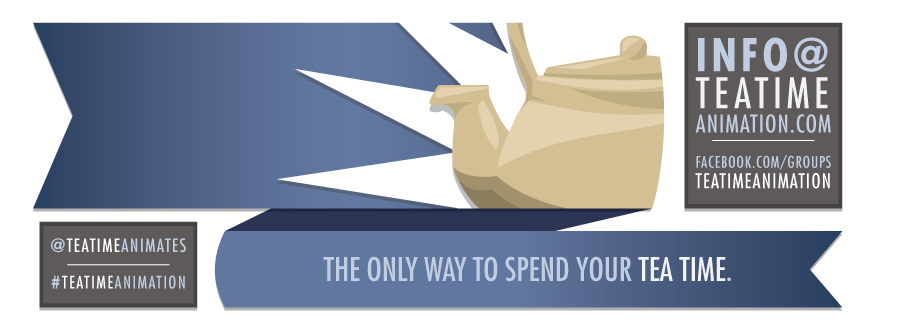Although some might argue that there are the exceptionally gifted out there who don't need to look at reference before they begin an animation -- the only reason they got that way is from studying it so hard in the first place!
So, with that in mind
where do you go for reference?
Here are a few of the most popular reference sources on the internet:
-- YouTube
-- Vimeo
-- BBC Motion Gallery
-- Rhino Horse
And of couse, you can always film it yourself! Even HD video recorders are super affordable now, and with cellphones, Macbooks/webcams, a camera is never far away! That being said, there is a time and place to take such a hands-on approach. It's great to shoot your own reference if you're looking for something specific -- i.e. a bit of acting along with a specific piece of dialogue. Here are a few situations where it wouldn't be quite so ideal.
-- Animal behavior reference
-- Accidents (crashes, tripping/falling, etc...)
-- If you're bad at acting!
No matter how much reference you shoot, you will never be an animal (sorry, Andy Serkis), you will almost never realistically force yourself to fall and/or get hit by a car, and, if you have a hard time getting into character, you will never make your acting worthwhile and all your reference becomes moot.
What are you looking for?
In reference, one of the things we so often lose sight of, is the fact that it is, well, for reference! Too many young animators start relying too heavily on their reference files, and their acting becomes rigid and lackluster -- like it's being rotoscoped instead of polished and refined by a trained eye.
So, what are you looking for in animation reference?
-- Strong poses
-- General timing
-- Observed behavior/secondary actions (i.e. hair swaying, blinks)
-- Basic mechanics (i.e. weight shift)
In watching your reference, it's great to take notes, or do draw overs based upon poses or ideas you find really strong within it, and then move along to your animation. Then, as opposed to having your reference open to stare and and/or copy, only look back at it when you need to remember something. i.e. "Where did that foot plant again?" Or "Does the back paw touch down before or after the front paw picks up?"
What am I supposed to do if the character I'm animating doesn't exist in the real world?
Well, fictional or not, all characters (the good ones, at least) are still rooted in reality. Thus, you would assess your character based upon things you know. i.e. "Well, it sort of looks like it has a fish for a head, but then a crab or a scorpion for the body!" Easy! Go find fish to reference for the motion of the face, and crab and scorpion reference to help you understand the mechanics of the body!
A word of caution:
Although reference can be really helpful in nailing some basic timing, and, when we get stuck on something, to count frames, but you may want to double check and make sure that your reference footage plays back in the correct frame rate. While most animation is in 24 fps, most video from hand-held devices plays back in 30 fps, so your frame counts will NOT be accurate.
We would suggest using Adobe Media Encoder (or After Effects, or whatever you know best, really) to re-interpret the footage at the correct frame rate. You can find a tutorial in their
help guide!
Many thanks to Cody and Frank for the delightful lecture.







